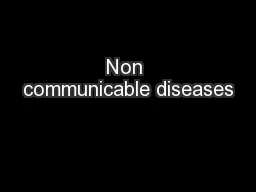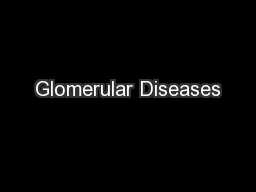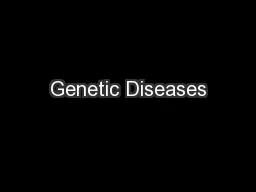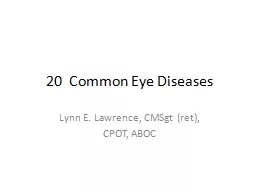PPT-Diseases Associated with Vision
Author : jane-oiler | Published Date : 2016-09-10
The eye is the lamp of the body If your eyes are good your whole body will be full of light But if your eyes are bad your whole body will be full of darkness If
Presentation Embed Code
Download Presentation
Download Presentation The PPT/PDF document "Diseases Associated with Vision" is the property of its rightful owner. Permission is granted to download and print the materials on this website for personal, non-commercial use only, and to display it on your personal computer provided you do not modify the materials and that you retain all copyright notices contained in the materials. By downloading content from our website, you accept the terms of this agreement.
Diseases Associated with Vision: Transcript
Download Rules Of Document
"Diseases Associated with Vision"The content belongs to its owner. You may download and print it for personal use, without modification, and keep all copyright notices. By downloading, you agree to these terms.
Related Documents














